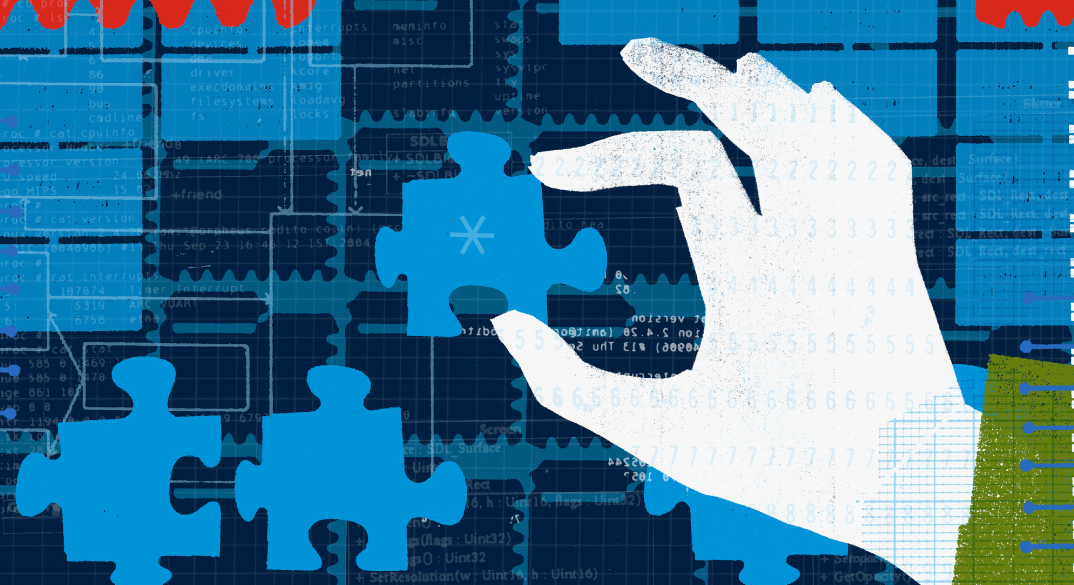
Game development is a complex and multifaceted process that involves a wide range of disciplines, from design and programming to art and sound. Bringing a game from concept to launch requires careful planning, collaboration, and iteration to create an engaging and polished experience for players. In this article, we'll explore the various stages of learning game development process and what goes into each one.
Conceptualization
The first stage of game development is conceptualization, where the game idea is born. This involves brainstorming and researching ideas for the game's mechanics, story, and overall theme. During this stage, game designers create a high-level concept document that outlines the game's core features, target audience, and potential market. This document helps to set the direction for the rest of the development process.
Pre-production
Once the game concept is defined, the team moves into the pre-production stage. During this phase, the team creates detailed designs for the game's mechanics, levels, characters, and art. The game's technical requirements are also established, and the team decides on the platform and technology to use for development. At the end of this stage, the team produces a comprehensive design document that serves as a blueprint for the rest of the development process.
Production
The production stage is where the bulk of the development work takes place. The team builds the game's core features, including the gameplay mechanics, level design, and user interface. Programmers write the code that powers the game, while artists create the visual assets and sound designers produce the audio elements. During this stage, the team works closely together to ensure that all the game's components are integrated and working smoothly.
Testing
Once the game is built, it moves into the testing phase. This stage involves rigorous quality assurance testing to identify and fix any bugs or glitches in the game. Testers play through the game, looking for issues that could affect the player's experience. The development team also performs internal testing to ensure that the game meets the design specifications and performs well on the target platform.
Launch
The final stage of game development is the launch phase. This involves releasing the game to the public and promoting it to the target audience. The team creates marketing materials, such as trailers, screenshots, and social media posts, to generate buzz for the game. The game is typically released on multiple platforms, such as consoles, PC, and mobile devices. Once the game is launched, the team continues to monitor its performance and address any issues that arise through updates and patches.
While these are the basic stages of game development, the process can vary depending on the size and scope of the project. For example, large AAA titles may have much longer development cycles and require teams of hundreds of developers, while smaller indie games may be developed by just a handful of people in a much shorter time frame. In addition, the development process may also include post-launch support, such as creating DLC or expansions to extend the life of the game.
Conclusion
In summary, the game development process is a complex and iterative journey that requires collaboration, creativity, and attention to detail. By carefully planning and executing each stage of the process, developers can create engaging and polished games that resonate with players and stand the test of time. Contact us to know more about game development.


No comments yet